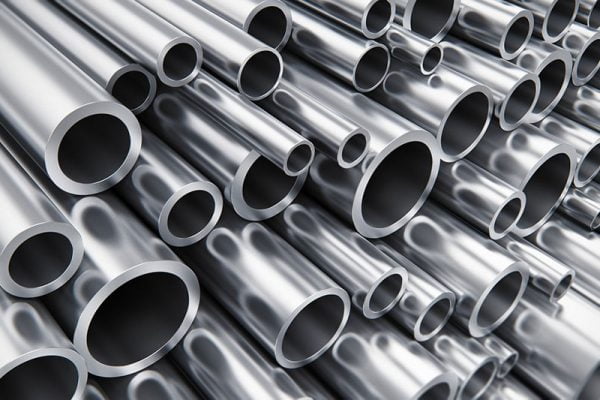Global aluminium production grew at its slowest pace in a decade in 2018, and most of that was in the first half of the year.
It was the weakest production performance since 2009, when the industry was battered by the global financial crisis, a collapse in prices and multiple smelter closures.Output totalled 64,34 million tonnes, according to the International Aluminium Institute (IAI), up by just 1,5 percent on 2017. Production did no more than flat-line over the second half of 2018.
Even China, the world’s dominant producer, ran out of expansion steam last year with growth of 1,6 percent, while the rest of the world managed just 1,4 percent.
For the world outside China it was a year of unusually high disruption rates but for smelters everywhere the real problem is price.
The IAI’s assessment of Chinese production last year jars with the official figures from China’s National Bureau of Statistics (NBS).
The NBS figures suggest China’s output surged to a record high of 3,050 million tonnes in December with full-year output apparently up 7,4 percent.
This is a “record” only within the troubled parameters of the official count, which started losing credibility some time during Beijing’s “illegal” capacity closure campaign of 2017.
The difference between the NBS figures and those published by the IAI is dramatic.
The IAI’s estimate of Chinese production in 2017 was 3,65 million tonnes higher than that of the NBS. The gap last year was a still significant 700 000 tonnes.
That’s a lot of aluminium to go statistically missing, creating an element of double vision in trying to figure out how much metal the world’s largest producer is actually producing.
The IAI’s version of Chinese smelting reality is more internally consistent and tallies better with the accumulating evidence of smelter curtailments towards the end of last year as Shanghai prices sank to two-year lows.
Smelter margin compression is proving a more powerful driver of short-term production trends than the winter heating season restrictions but these haven’t totally disappeared either, witness the expected 500 000-tonne hit to Hongqiao Group ordered by the city of Binzhou in Shandong province.
Outside of China production growth was dampened by an unusually high level of disruption.
Latin American output has been in long-term decline for a decade but dropped another 15 percent in 2018 due to a 50 percent curtailment of the 450 000-tonne per year Albras smelter in Brazil.
Hydro, which operates the plant, has trimmed operating rates to match lower supplies of alumina from its Alunorte refinery, currently operating at half capacity as mandated by a Brazilian court on environmental grounds.
In North America, capacity restarts by Alcoa, Century Aluminum and Magnitude 7 Metals (the old New Madrid smelter) were completely offset by the loss of production from the Becancour smelter in Canada.
A union lock-out has been running for more than a year and production at the smelter fell to 136 000 tonnes in 2018 from 438 000 tonnes in 2017, according to minority owner Rio Tinto.
Alcoa, majority owner and plant operator, said in December it would curtail half of the one line still operating at the plant to align it with the number of salaried employees remaining.
The Becancour impact translated into North American production falling for the fifth straight year, recording an annual drop of 4,5 percent.
The only area of significant geographical growth was the IAI’s non-China Asia region, which captures the continued build-out of capacity in India.
And despite grabbing many of the year’s headlines, US sanctions on Russia’s Rusal appear to have had no impact whatsoever on the company’s smelter operating rates.
Eastern European production last year came in at 4,05 million tonnes, up 1,25 percent on 2017.
Reuters.
.png)




